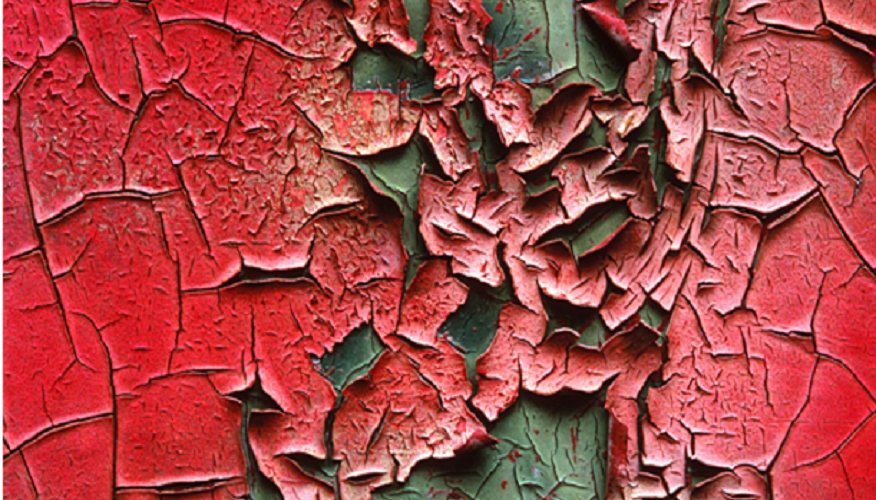The sight of peeling paint in a home can be both unsightly and frustrating for homeowners. It not only detracts from the overall aesthetic appeal but also raises concerns about the underlying issues that may be causing this problem. Thankfully, peeling paint is not an uncommon occurrence, and there are several potential culprits that can be responsible for this phenomenon. By delving deeper into the possible causes of peeling paint, we can gain a better understanding of the underlying factors at play. In this article, we will explore in detail the various reasons why paint may peel within a home. By doing so, we aim to equip homeowners with the knowledge they need to effectively address the issue and prevent future paint problems.
Potential Home Issues Underlying Peeling Paint
Moisture Problems
Excessive moisture infiltration stands as a common trigger for paint peeling. Whether it originates from leaky pipes, roofs, or windows, the presence of water can undermine the paint’s adhesion, resulting in peeling and detachment.
Poor Surface Preparation
Inadequate surface preparation prior to painting can significantly impact the paint’s longevity. Insufficient cleaning, sanding, or priming may hinder proper paint adhesion, leading to peeling over time.
High Humidity
Elevated humidity levels can interfere with the drying process of paint. If the paint does not have ample time to dry completely before encountering moisture or if the humidity persists at high levels for an extended period, it can cause the paint to fail and peel.
Lack Of Ventilation
Areas within a home that lack adequate ventilation, such as bathrooms, kitchens, or laundry rooms, are prone to moisture accumulation. Insufficient air circulation within these spaces can result in condensation, which in turn contributes to the peeling of paint.
Use Of Low-Quality Paint
According to LA Condo Expert Beata Mandell, “The choice of paint plays a significant role in determining its durability. Employing low-quality or incompatible paint products may lead to premature peeling. Inferior paints might struggle to adhere properly to surfaces or lack resistance to moisture and environmental conditions, making them more prone to peeling.”
Age and Wear
Over time, paint naturally ages and deteriorates. Continuous exposure to sunlight, fluctuations in temperature, and general wear and tear can cause the paint film to degrade, resulting in peeling and cracking.
Previous layers of paint
When multiple layers of paint are present on a surface, failure to adequately remove or prepare the underlying layers can cause poor adhesion between coats. This lack of adhesion can subsequently lead to peeling and detachment.
Structural Movement
In certain cases, the movement or settling of a building can cause cracks or shifts in walls or ceilings. Such structural movements create stress on the paint film, leading to peeling or cracking.
To accurately identify the precise cause of peeling paint, it is recommended to conduct a thorough inspection of the affected area. By doing so, you can better understand and address the underlying issue, preventing future paint problems. If uncertainty persists or you require assistance in resolving the matter, consulting a professional painter or a contractor experienced in home maintenance can provide invaluable insights and guidance. Their expertise will help in determining the root cause of the peeling paint and recommending appropriate solutions for a lasting remedy.

